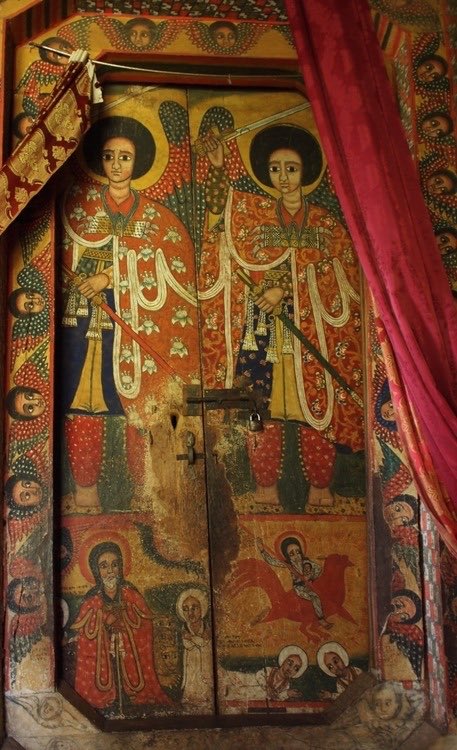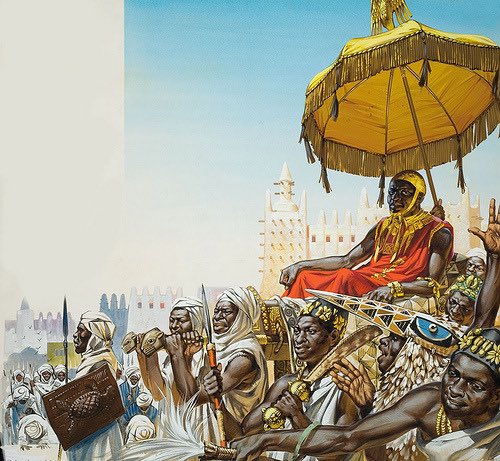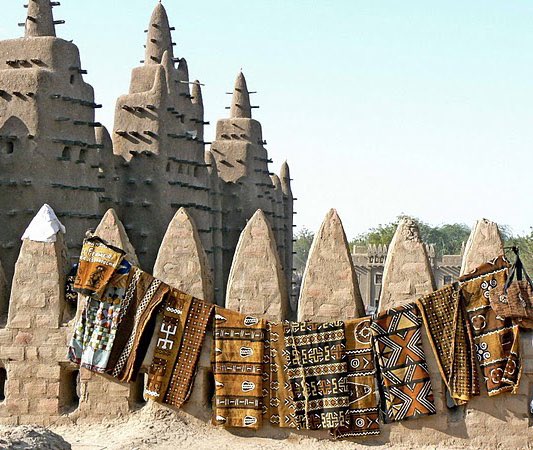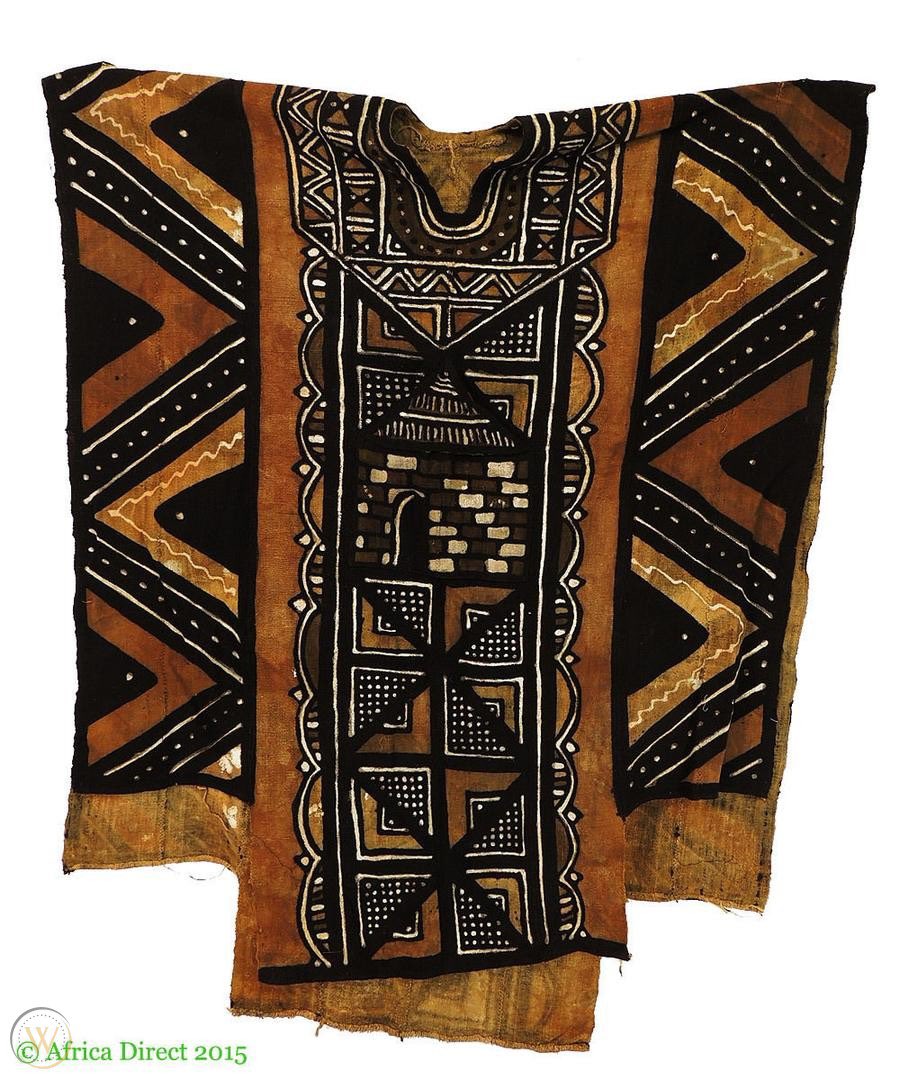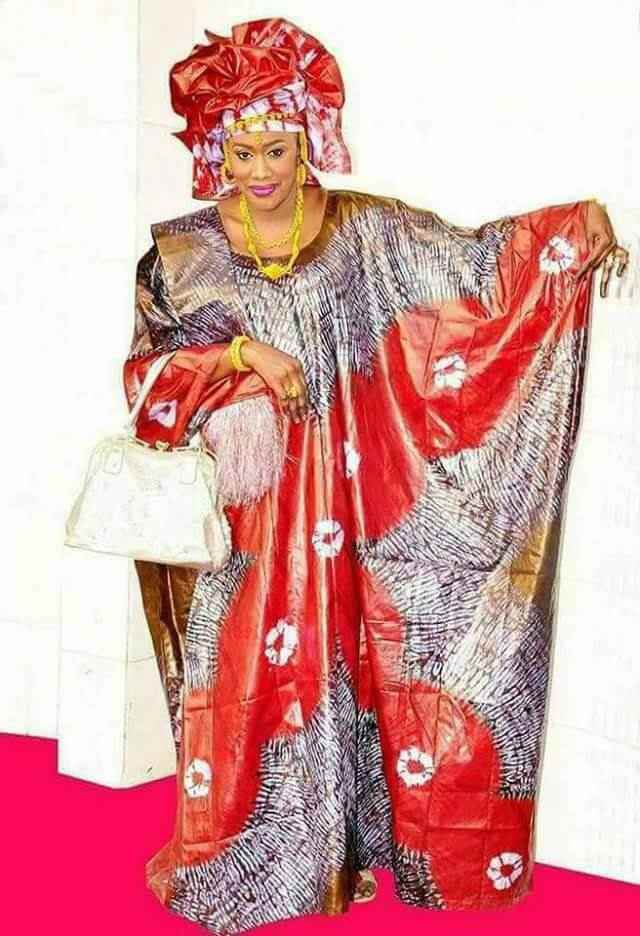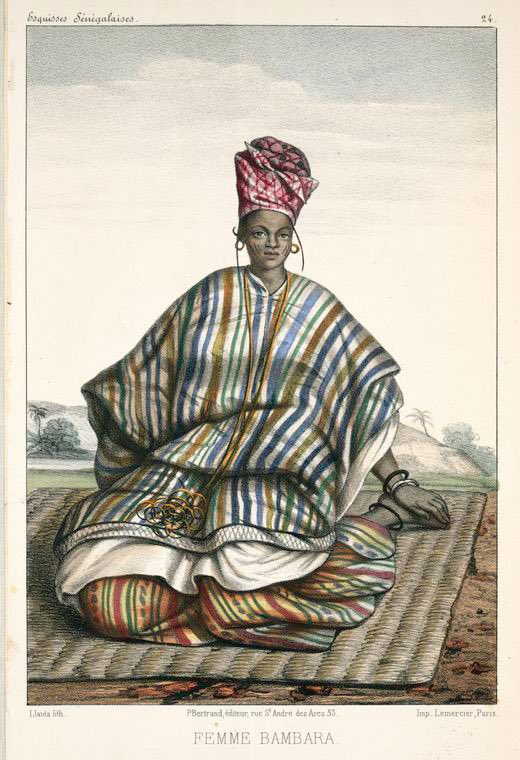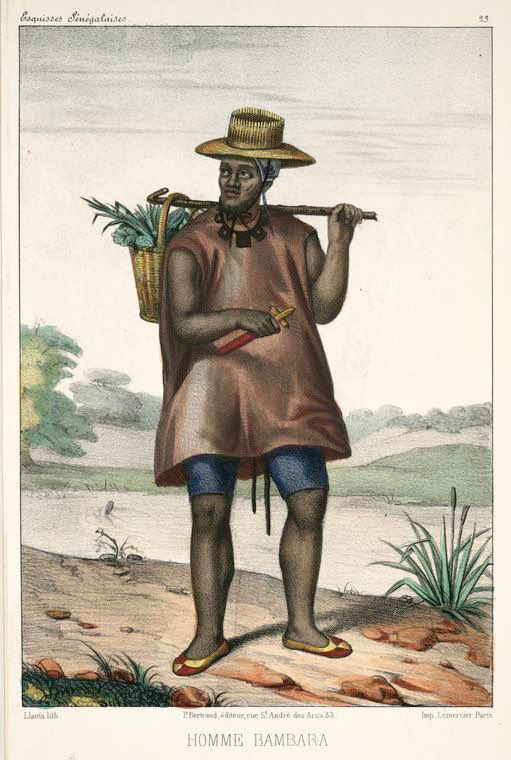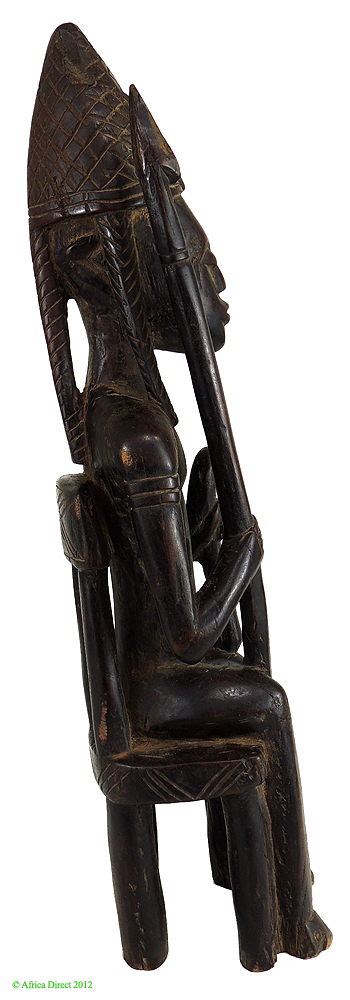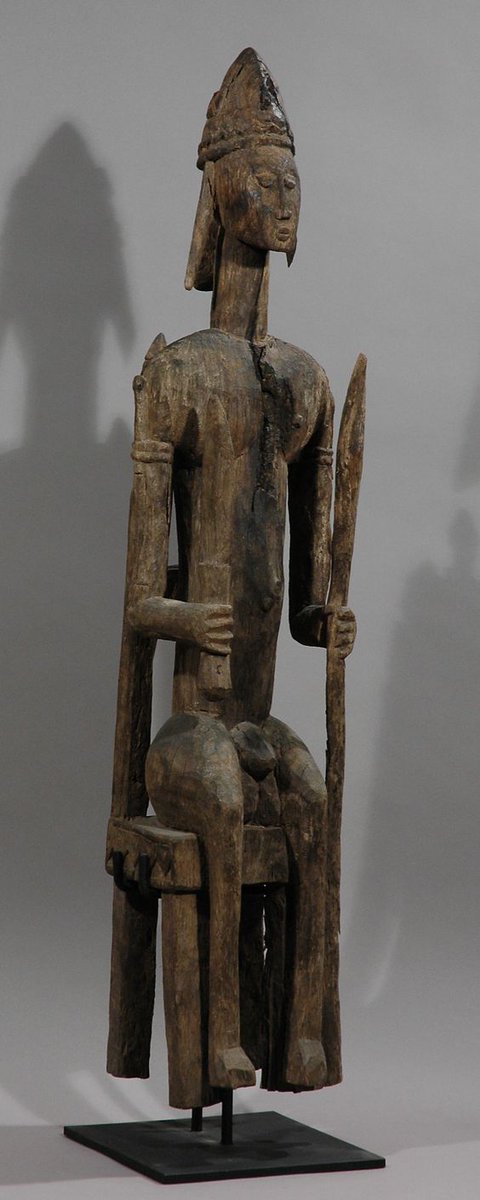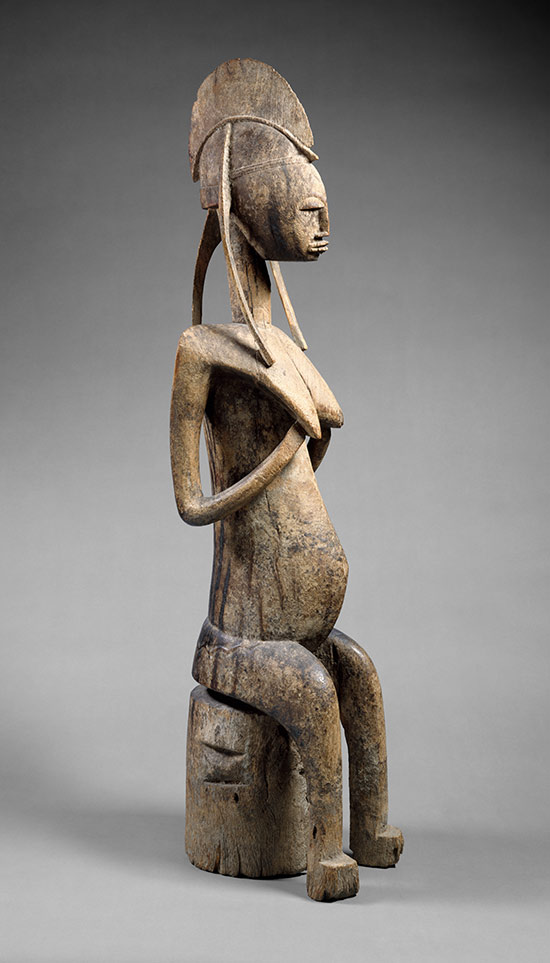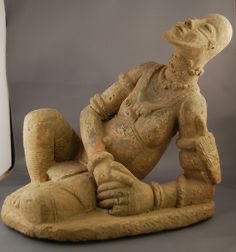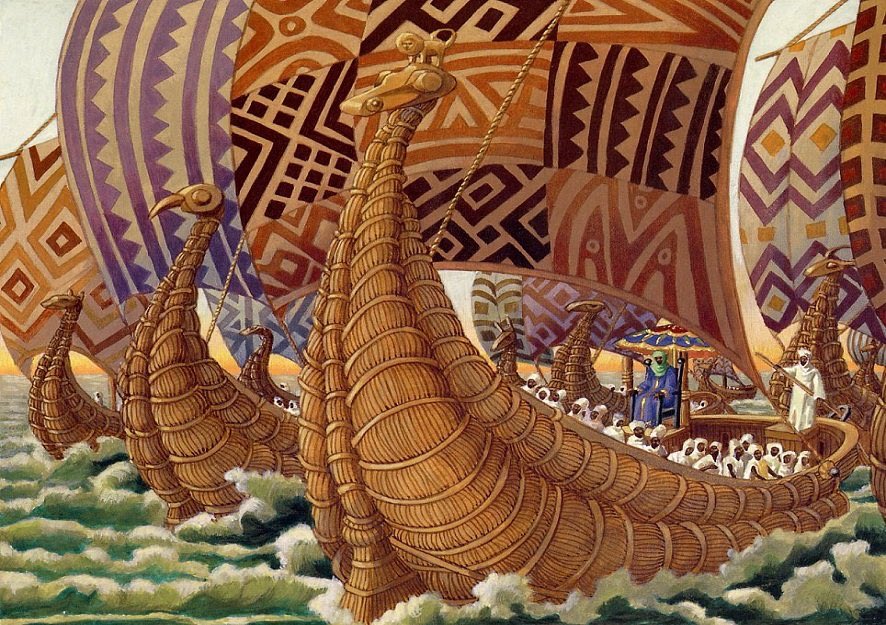The Mali Empire is one of the most popular & well recorded empires in African history. At it& #39;s peak it span at-least 1,138,000 km. Its influence on world history, culture and architecture is crucial to today& #39;s society.
Let& #39;s get into the Mali& #39;s Empire impact on Fashion
Let& #39;s get into the Mali& #39;s Empire impact on Fashion
The Mali Empire lasted from the 13th century to the 16th century.
To put into perspective how large the territory was at its peak in history it encompassed what is now known as Senegal, Mali, Ivory Coast, Guinea, Niger, Upper Volta, Gambia and Mauritania..
To put into perspective how large the territory was at its peak in history it encompassed what is now known as Senegal, Mali, Ivory Coast, Guinea, Niger, Upper Volta, Gambia and Mauritania..
Known to have over 400 cities and villages & 13 provinces in its command.
Home of the infamous King Mansa Musa https://abs.twimg.com/emoji/v2/... draggable="false" alt="🤴🏿" title="Prinz (dunkler Hautton)" aria-label="Emoji: Prinz (dunkler Hautton)">
https://abs.twimg.com/emoji/v2/... draggable="false" alt="🤴🏿" title="Prinz (dunkler Hautton)" aria-label="Emoji: Prinz (dunkler Hautton)">
It was an epicenter of trade (having routes spanning to Mecca), elaborate mosque, Islamic schools and full of luxury and riches it was the place to be.
Home of the infamous King Mansa Musa
It was an epicenter of trade (having routes spanning to Mecca), elaborate mosque, Islamic schools and full of luxury and riches it was the place to be.
Because of its extensive trade territory Mali had access to Asian silks, Indian textiles and exotic dyes, while having woven textiles made of animal hair & many more at home.
Clothes were very simple in shape w/minimal cutting. Mostly drapped Tunics w/ beautiful woven patterns.
Clothes were very simple in shape w/minimal cutting. Mostly drapped Tunics w/ beautiful woven patterns.
Largely influenced by the Ghanaian Empire before it. The Mali empire took to wearing hand printed textiles or mud cloth.
And Also along w/ the Songhai Empire during the 13th century wore some of the first Boubou’s or kaftan’s w/ matching head wraps.
And Also along w/ the Songhai Empire during the 13th century wore some of the first Boubou’s or kaftan’s w/ matching head wraps.
Here are various historical artifacts, paintings and excerpts I could find on the historic dress of the Mali Empire:
Modern illustrations of an everyday working citizens
Modern illustrations of an everyday working citizens

 Read on Twitter
Read on Twitter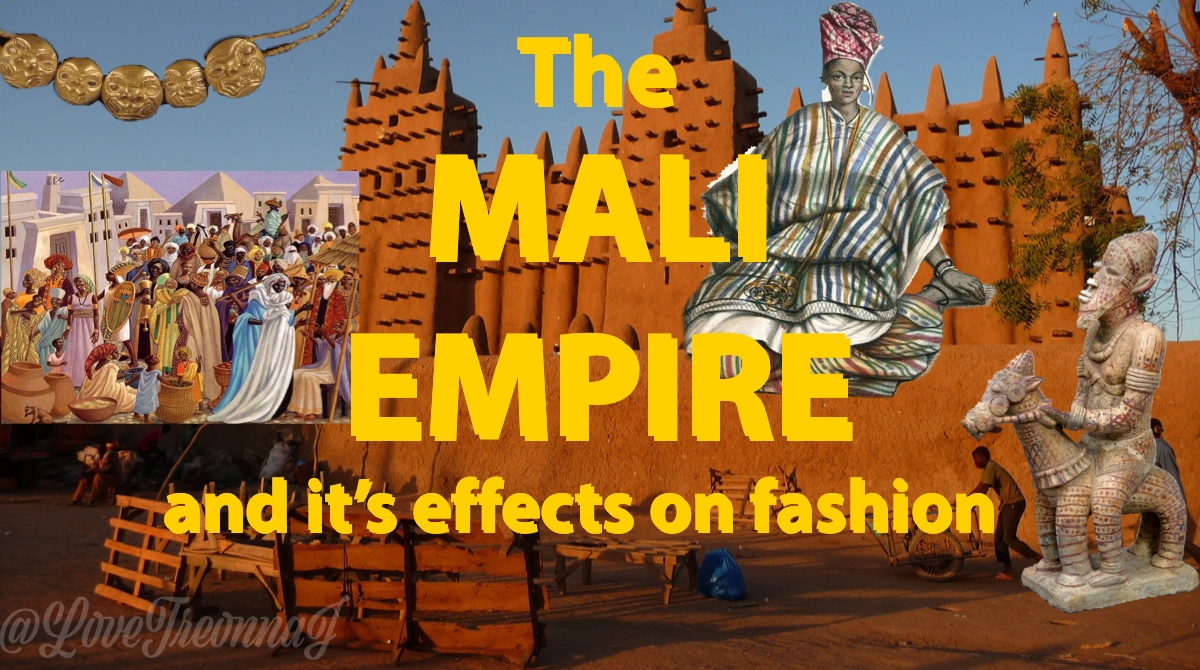
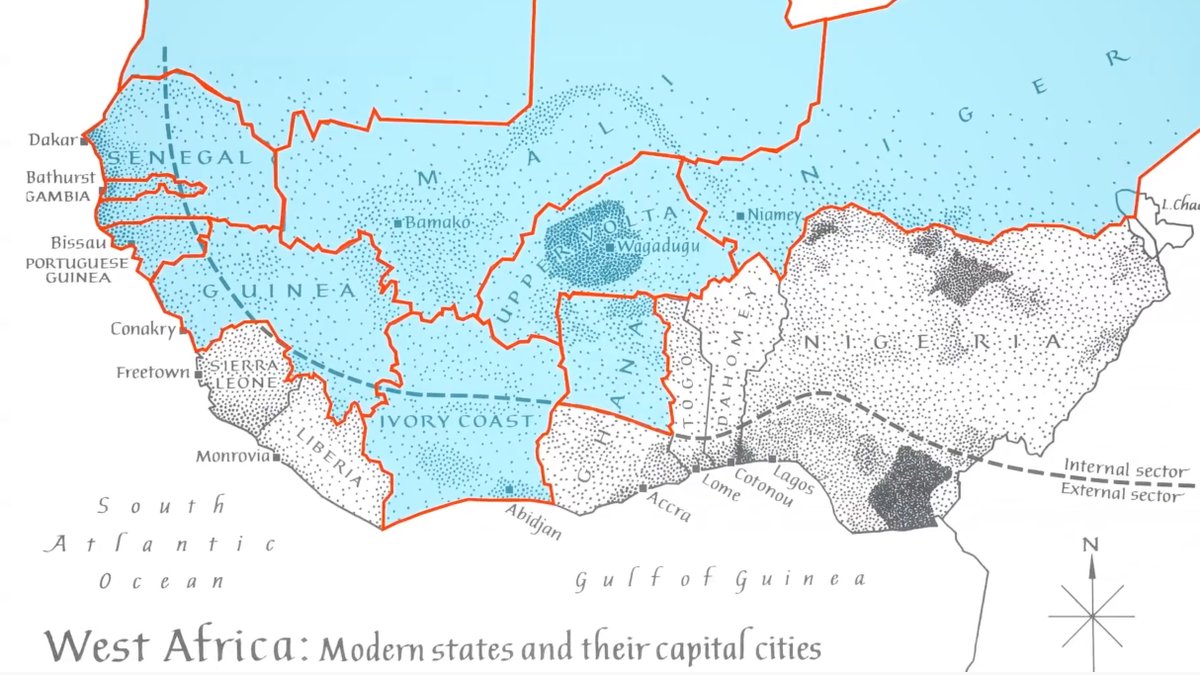
 It was an epicenter of trade (having routes spanning to Mecca), elaborate mosque, Islamic schools and full of luxury and riches it was the place to be." title="Known to have over 400 cities and villages & 13 provinces in its command.Home of the infamous King Mansa Musa https://abs.twimg.com/emoji/v2/... draggable="false" alt="🤴🏿" title="Prinz (dunkler Hautton)" aria-label="Emoji: Prinz (dunkler Hautton)"> It was an epicenter of trade (having routes spanning to Mecca), elaborate mosque, Islamic schools and full of luxury and riches it was the place to be.">
It was an epicenter of trade (having routes spanning to Mecca), elaborate mosque, Islamic schools and full of luxury and riches it was the place to be." title="Known to have over 400 cities and villages & 13 provinces in its command.Home of the infamous King Mansa Musa https://abs.twimg.com/emoji/v2/... draggable="false" alt="🤴🏿" title="Prinz (dunkler Hautton)" aria-label="Emoji: Prinz (dunkler Hautton)"> It was an epicenter of trade (having routes spanning to Mecca), elaborate mosque, Islamic schools and full of luxury and riches it was the place to be.">
 It was an epicenter of trade (having routes spanning to Mecca), elaborate mosque, Islamic schools and full of luxury and riches it was the place to be." title="Known to have over 400 cities and villages & 13 provinces in its command.Home of the infamous King Mansa Musa https://abs.twimg.com/emoji/v2/... draggable="false" alt="🤴🏿" title="Prinz (dunkler Hautton)" aria-label="Emoji: Prinz (dunkler Hautton)"> It was an epicenter of trade (having routes spanning to Mecca), elaborate mosque, Islamic schools and full of luxury and riches it was the place to be.">
It was an epicenter of trade (having routes spanning to Mecca), elaborate mosque, Islamic schools and full of luxury and riches it was the place to be." title="Known to have over 400 cities and villages & 13 provinces in its command.Home of the infamous King Mansa Musa https://abs.twimg.com/emoji/v2/... draggable="false" alt="🤴🏿" title="Prinz (dunkler Hautton)" aria-label="Emoji: Prinz (dunkler Hautton)"> It was an epicenter of trade (having routes spanning to Mecca), elaborate mosque, Islamic schools and full of luxury and riches it was the place to be.">
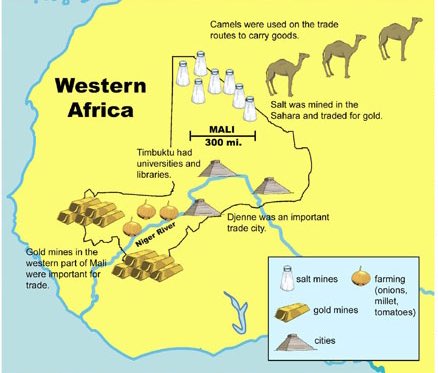 It was an epicenter of trade (having routes spanning to Mecca), elaborate mosque, Islamic schools and full of luxury and riches it was the place to be." title="Known to have over 400 cities and villages & 13 provinces in its command.Home of the infamous King Mansa Musa https://abs.twimg.com/emoji/v2/... draggable="false" alt="🤴🏿" title="Prinz (dunkler Hautton)" aria-label="Emoji: Prinz (dunkler Hautton)"> It was an epicenter of trade (having routes spanning to Mecca), elaborate mosque, Islamic schools and full of luxury and riches it was the place to be.">
It was an epicenter of trade (having routes spanning to Mecca), elaborate mosque, Islamic schools and full of luxury and riches it was the place to be." title="Known to have over 400 cities and villages & 13 provinces in its command.Home of the infamous King Mansa Musa https://abs.twimg.com/emoji/v2/... draggable="false" alt="🤴🏿" title="Prinz (dunkler Hautton)" aria-label="Emoji: Prinz (dunkler Hautton)"> It was an epicenter of trade (having routes spanning to Mecca), elaborate mosque, Islamic schools and full of luxury and riches it was the place to be.">

